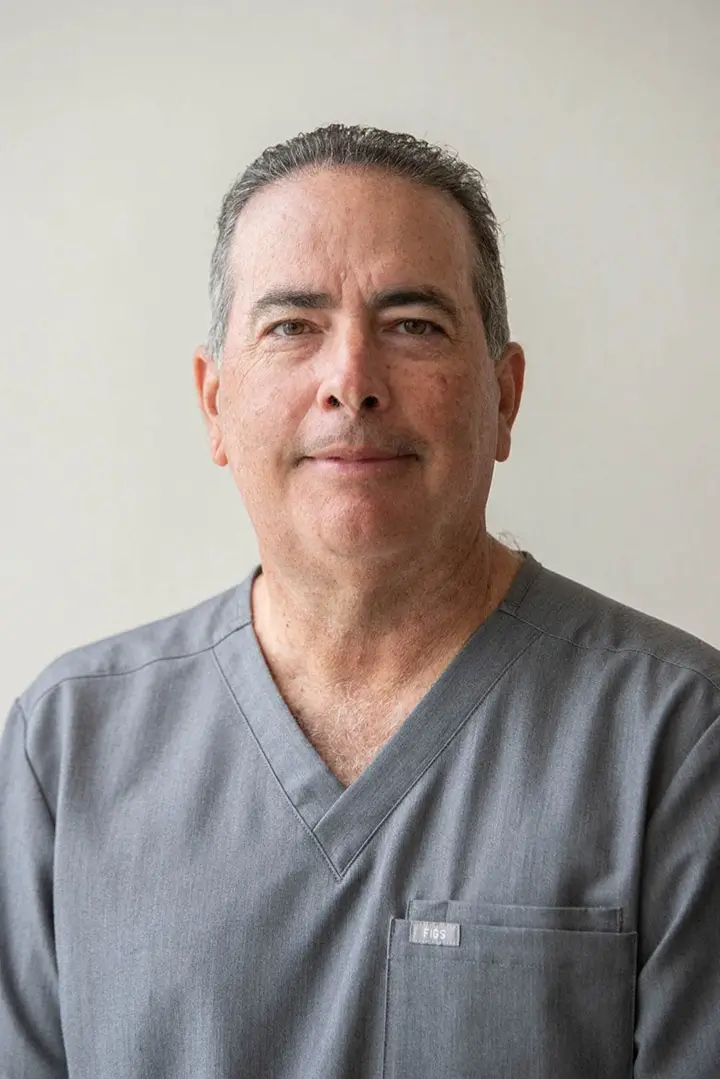Maurya et al. World J Stem Cells. 2011 Apr 26;3(4):34-42.
Stem cell migration is a very relevant issue when discussing the systemic administration of stem cells as therapeutics. There is a widely held belief that intravenous administration of stem cells results in accumulation into the lungs and liver. While studies have demonstrated that stem cells home to area of injury, in part through the SDF-1 protein produced by injured tissue, relatively little work has been performed in terms of analyzing where stem cells home in healthy, or non-diseased situations. A recent study (Maurya et al. Non-random tissue distribution of human naïve umbilical cord matrix stem cells. World J Stem Cells. 2011 Apr 26;3(4):34-42) attempted to address this.
The scientists used human cord matrix mesenchymal stem cells. These cells are similar to the ones used by Osiris, except that some believe that they are more potent due to their relatively more immature origin. As a model system, the cells were injected into mice that lack an immune system due to a genetic mutation that causes lack of T cells and B cells (SCID). In order to track the human cord matrix stem cells, the cells were labeled with the radioactive tracer compound tritiated thymidine. This compound integrates into replicating DNA and is imaged using beta radiation detection.
The investigators assessed injected animals at days 1, 3, 7 and 14 for radioactivity. To confirm results they also used an immunofluorescence detection technique was employed in which anti-human mitochondrial antibody was used to identify human cells in mouse tissues. Additionally, standard microscopy and histology staining was performed.
The injected cord matrix mesenchymal cells preferentially accumulated in the lung 24 hours after injection. With time, the stem cells migrated to other tissues. Specifically, on day three, the spleen, stomach, and small and large intestines were the major accumulation sites. On day seven, a relatively large amount of radioactivity was detected in the adrenal gland, uterus, spleen, lung, and digestive tract. In addition, labeled cells had crossed the blood brain barrier by day 1.
The fact that injected stem cells enter various tissues in a healthy animal suggests the possibility that stem cells are involved in the natural renewal process. It would be interesting to see the same experiment was performed in the animal model of progeria if more stem cells would be integrated. Additionally, experiments should use allogeneic T cell reconstituted animals to see if allogeneic human cord matrix cells survive.

